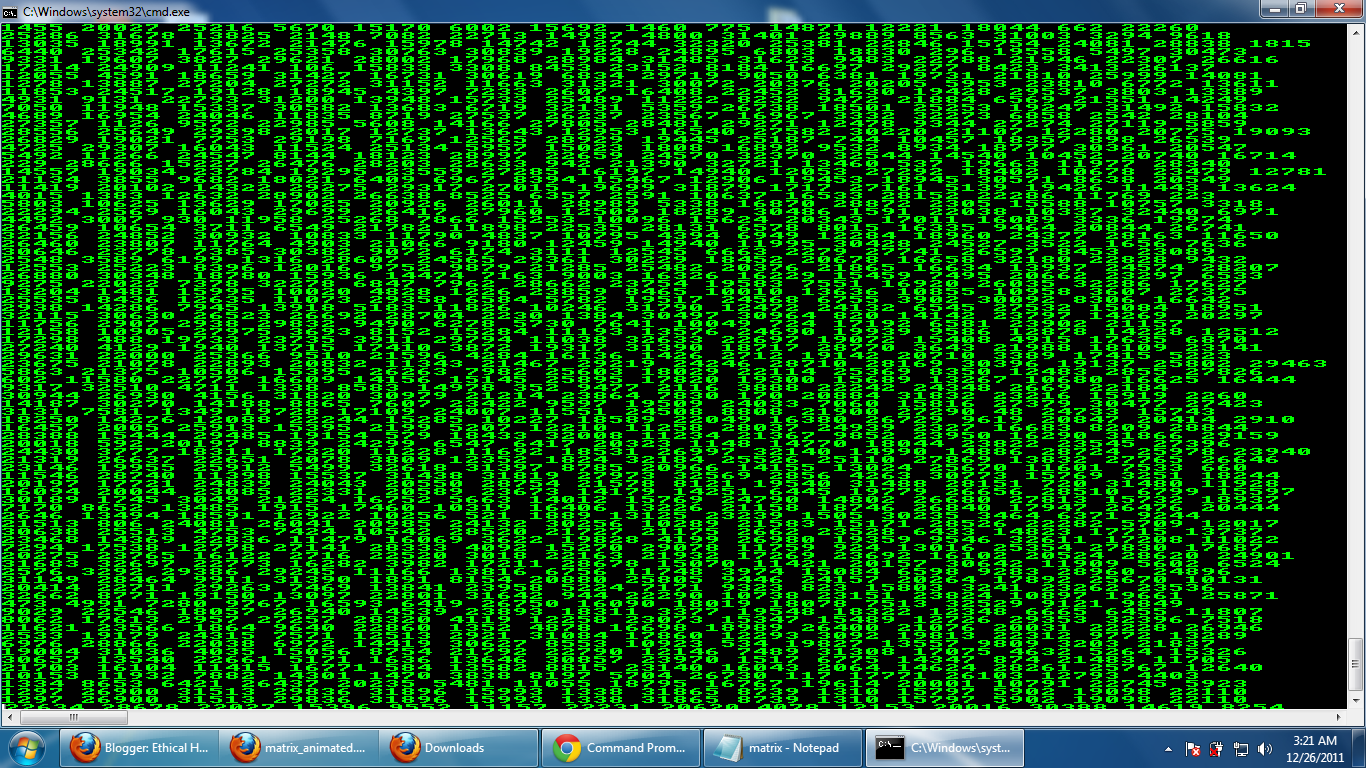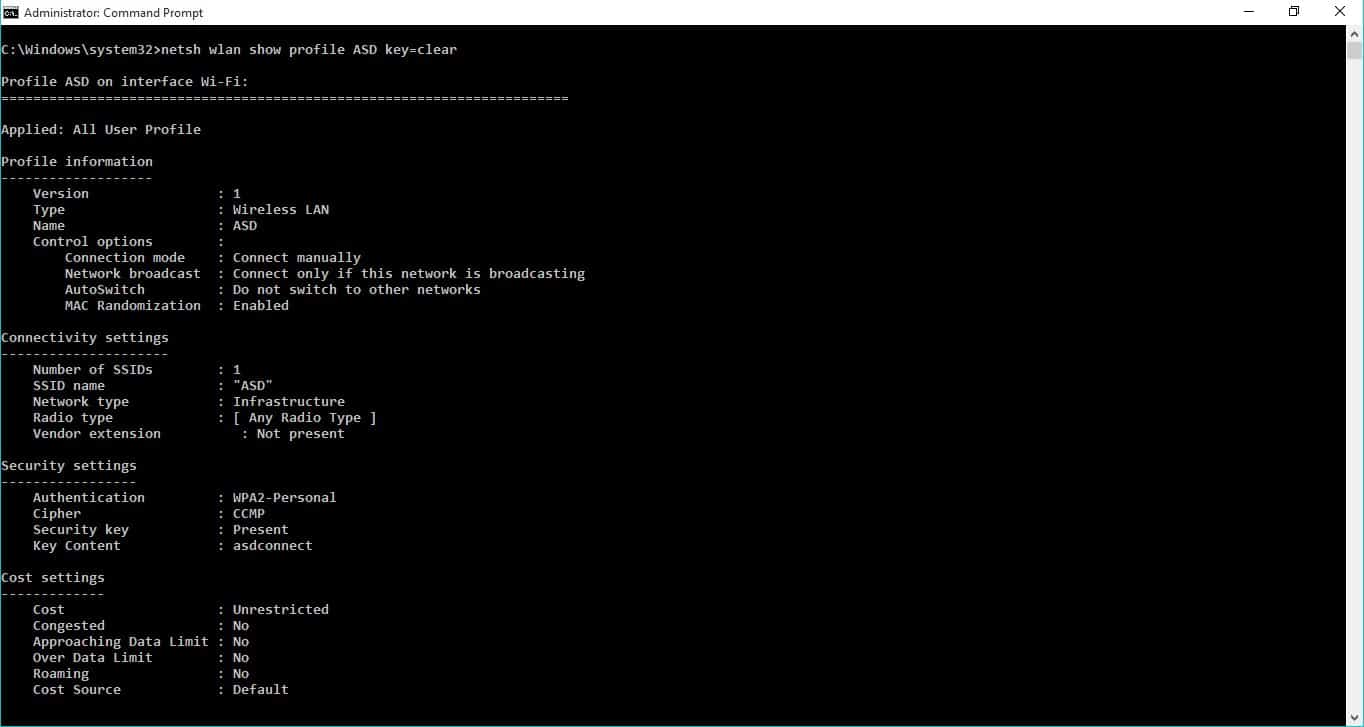

- #Windows cmd hacking commands Patch#
- #Windows cmd hacking commands full#
- #Windows cmd hacking commands pro#
- #Windows cmd hacking commands windows#
#Windows cmd hacking commands full#
Like the popular lsof command for Linux and Unix, it'll show administrators all open files on the machine, giving the process name and full path for each file.
#Windows cmd hacking commands pro#
It's built into modern versions of Windows, from XP Pro to Vista. As its name implies, this command shows all files that are opened on the box, indicating the process name interacting with each file.
#Windows cmd hacking commands windows#
Many Windows administrators are unfamiliar with the powerful openfiles command built into Windows. Also, some attackers create their own evil services on a machine, so users should be on the lookout for them. The "net localgroup" command shows groups, "net localgroup administrators" shows membership of the administrators group and the "net start" command shows running services.Īttackers frequently add users to a system or put their own accounts in the administrators groups, so it's always a good idea to check the output of these commands to see if an attacker has manipulated the accounts on a machine. Administrators can use this to display all kinds of useful information.įor example, the "net user" command shows all user accounts defined locally on the machine. One of my favourites is the venerable "net" command. While WMIC is a relatively new command, let's not lose site of some useful older commands. Using this function to pull a process summary every 5 seconds, users could run:Ģ) The net command: An oldie but a goodie That way, users can look for changes in the settings of the system over time, allowing careful scrutiny of the output. The here is an integer, indicating that WMIC should run the given command every seconds.

#Windows cmd hacking commands Patch#
Users can look at other settings on a machine with WMIC by replacing "startup" with "QFE" (an abbreviation which stands for Quick Fix Engineering) to see the patch level of a system, with "share" to see a list of Windows file shares made available on the machine and with "useraccount" to see detailed user account settings.Ī handy option within WMIC is the ability to run an information-gathering command on a repeated basis by using the syntax "/every:" after the rest of the WMIC command. When investigating a machine for infection, an administrator should look at each process to determine whether it has a legitimate use on the machine, researching unexpected or unknown processes using a search engine.īeyond the process alias, users could substitute startup to get a list of all auto-start programs on a machine, including programs that start when the system boots up or a user logs on, which could be defined by an auto-start registry key or folder:Ī lot of malware automatically runs on a machine by adding an auto-start entry alongside the legitimate ones which may belong to antivirus tools and various system tray programs. This command shows all kinds of details, including the full path of the executable associated with the process and its command-line invocation. That command will show the name, process ID and priority of each running process, as well as other less-interesting attributes. With WMIC, output can be formatted in several different ways, but two of the most useful for analysing a system for compromise are the "list full" option, which shows a huge amount of detail for each area of the machine a user is interested in, and the "list brief" output, which provides one line of output per report item in the list of entities, such as running processes, autostart programs and available shares.įor example, we can look at a summary of every running process on a machine by running:

Output of that command will likely look pretty ugly because an output format wasn't specified. For example, to learn more about the processes running on a machine, a user could run: To use WMIC, users must invoke it by running the WMIC command followed by the area of the machine the user is interested in (often referred to as an alias within the system). WMIC is built into Windows XP Professional, Windows 2003 and Windows Vista. Offering a command-line interface to the ultra-powerful Windows Management Instrumentation API within Windows, WMIC lets administrative users access all kinds of detailed information about a Windows machine, including detailed attributes of thousands of settings and objects. Windows Management Instrumentation Command-line (WMIC) is not merely a command it's a world unto itself.

Click here for five more command line tools to detect Windows hacks.


 0 kommentar(er)
0 kommentar(er)
